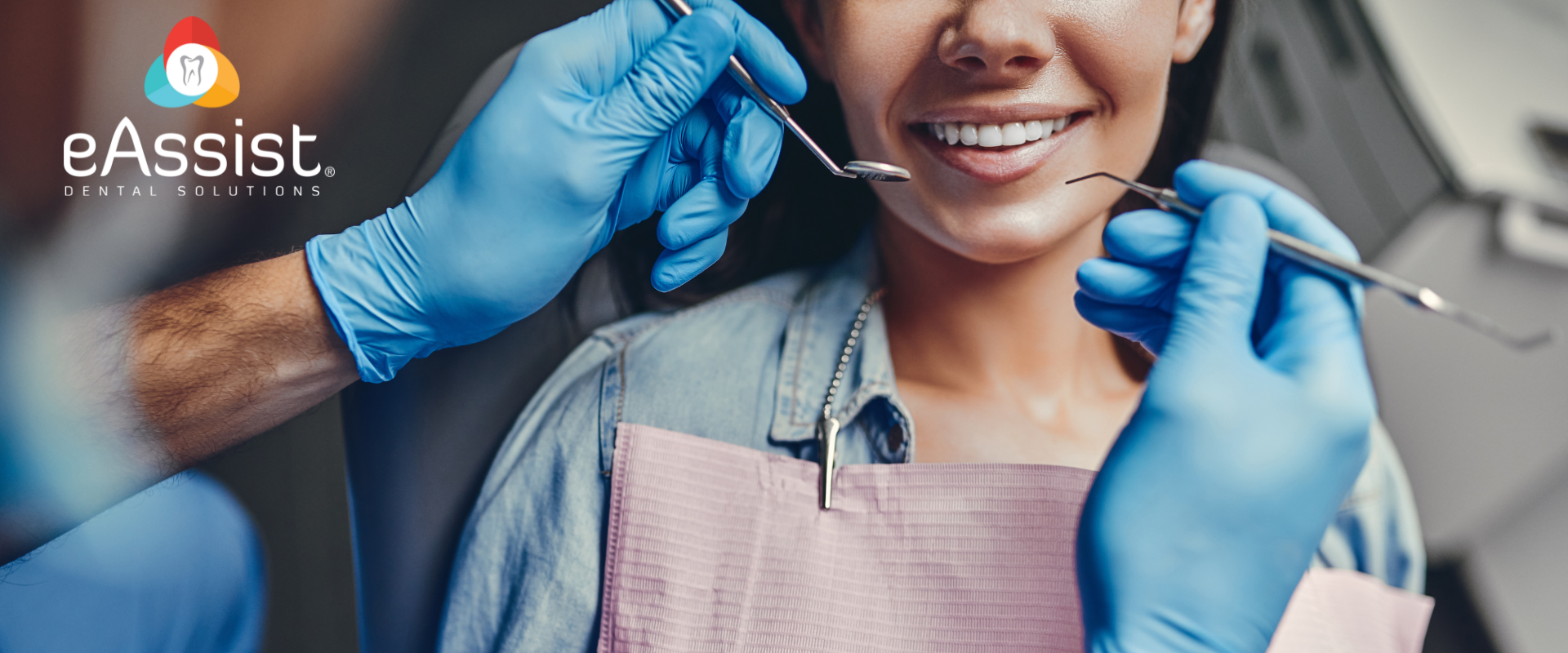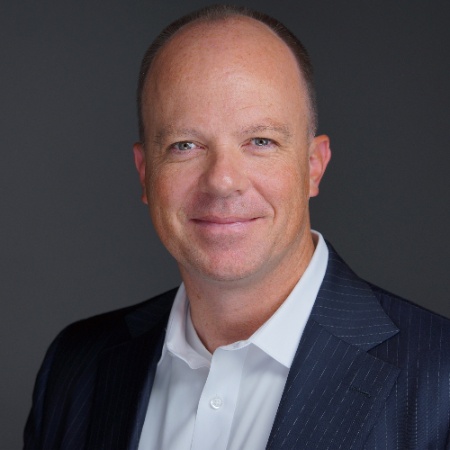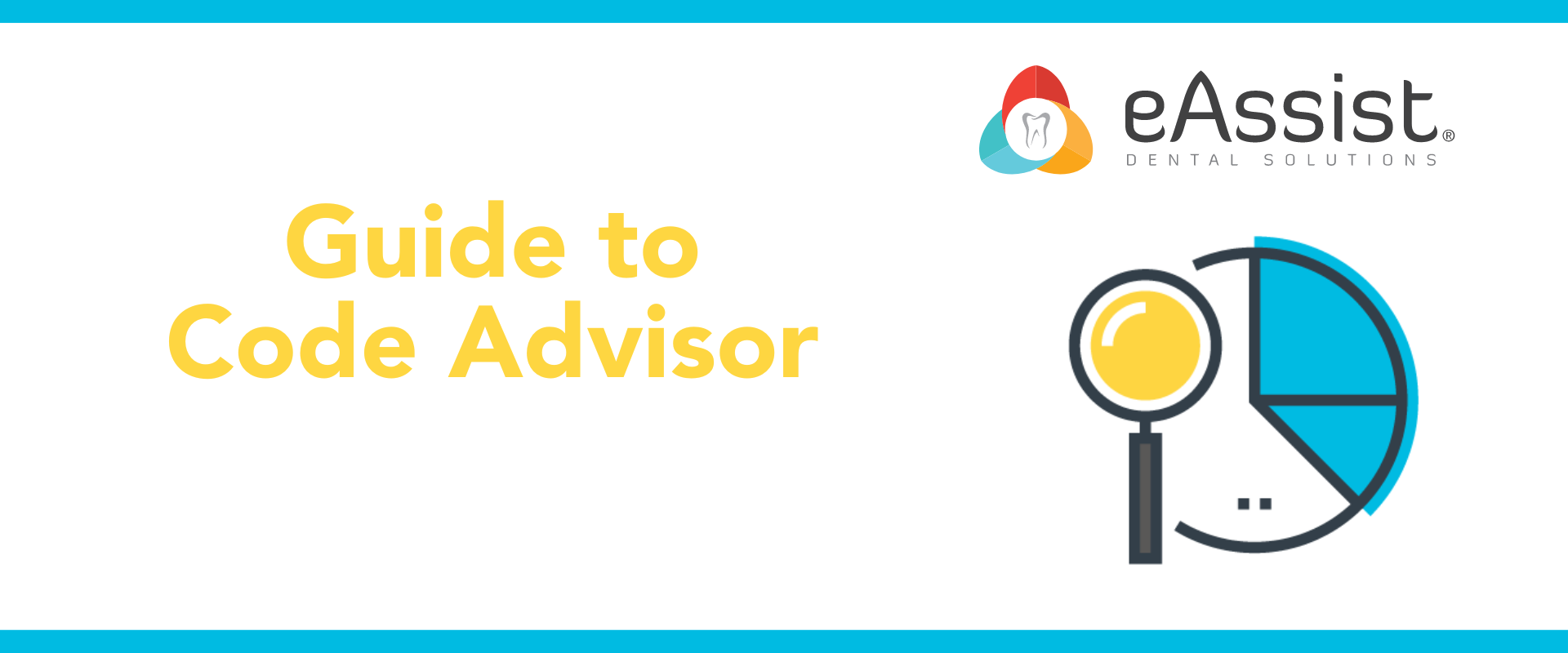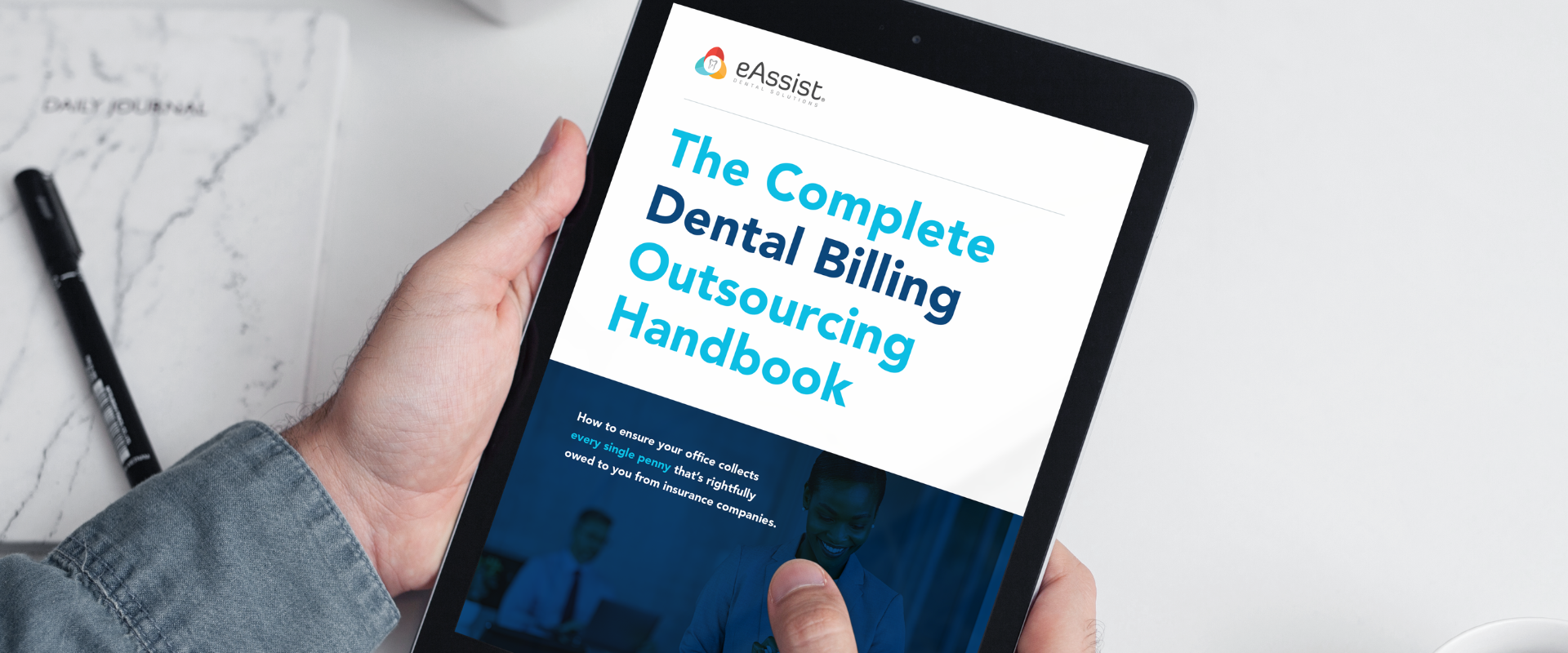Depending on the office, oral surgery can take up a large amount of the dental billing workload. Though seemingly straightforward, there are several details to consider when billing claims and these can lead to several roadblocks in getting them resolved. Here we will review a few of these details and offer some tips on how to overcome any potential delays and get oral surgery claims paid.
Pre-authorizations and Referrals
Before beginning oral surgery treatment, it’s always best to review the patient’s insurance plan requirements. If they have an HMO plan, any specialty treatment, including oral surgery, will require a referral. Make sure the referral form is accurately completed and, when billing, attach it to the dental claim. Other plans, especially active military, and Medicare, require specialty treatment to be pre-authorized. For these plans, be sure to submit the required forms ahead of time for the treatment to be pre-approved before the appointment.
X-rays and Intra-oral Photos
Oral surgery should never be billed without x-rays to support the treatment completed. Be sure to include periapical x-rays to ensure the entire root of the affected tooth is visible. When billing wisdom teeth, and even full mouth extractions, always include a panoramic x-ray to ensure every affected tooth, including its root, is visible. While not required, intra-oral photos are especially helpful in getting a claim paid, especially if they show visible decay and/or fractures.

Clinical Narratives
A detailed clinical narrative is essential when billing oral surgery claims. The basis of the narrative begins with the consult, in which all issues are discovered and future treatment plans are outlined. Therefore, be sure to always have complete chart notes on hand. Then, once the surgical treatment is finished, complete a detailed clinical narrative that thoroughly explains what was done and why it was done. Certain treatments will require additional information added to the narrative. For instance, when completing bone grafts, most carriers will only cover them if an implant is planned, so be sure to outline any future treatment including the upcoming date of service, if available. When anesthesia is billed, be aware that most insurance plans will only cover it when medically required, so make sure to provide specific medical reasons for its use. Don’t just state that it’s medically necessary, as this will not get the claim paid.
CDT Codes
One of the most common reasons for oral surgery claim denials is the incorrect use of CDT codes. This is especially true for extractions as there are eight different available codes and they can be easily mixed up. When reviewing the chart notes and x-rays, double-check that the extraction code matches the treatment performed as carriers will consider it upcoding if the x-rays don’t fully support the severity of the code applied. In the case of anesthesia, make sure to differentiate between the first 30 minutes and any additional 15 minutes. The 30-minute code should only be used once per treatment and any additional time will need the 15-minute code. On that note, make sure that the anesthesia codes used match the treatment time and that too many aren’t billed.

Additional Documentation
In addition to x-rays and narratives, some oral surgery treatments require further documentation to be added to the claim. For example, when billing anesthesia be sure to include the anesthesia report, when billing a biopsy include the lab report, and when billing a bone graft include the perio chart. Essentially, when a procedure requires additional documentation always include it with the claim to ensure payment.
Medical Insurance
Once the treatment is completed, the correct CDT codes are applied and the supporting documents are gathered, the claim is ready to be billed to the patient’s dental carrier, but, before you send it, consider billing it first to their medical carrier. In fact, many dental plans are now requiring oral surgery claims to be first billed to medical plans before they will even consider them. While several will deny the claim, many medical plans are increasingly covering oral surgery treatment. To bill these plans, you will need to apply CPT and ICD-10 codes to the treatment and complete a CMS 1500 claim form. This may seem complex, but there are manuals available such as Practice Booster’s Medical Dental Cross Coding with Confidence, that can help guide you in the right direction.
Oral surgery is a complex treatment that requires detailed documentation and thorough billing practices, and the addition of medical insurance plans only adds to its complexity. Consider outsourcing your dental billing to help with all the details oral surgery claims require. At eAssist, the Success Consultants who use our platform are happy to bill your claims thoroughly and accurately to get them paid. To find out more, complete the form below.








0 Comments